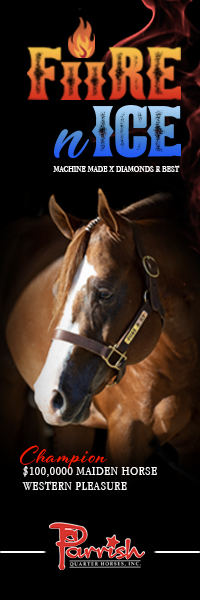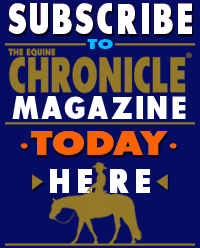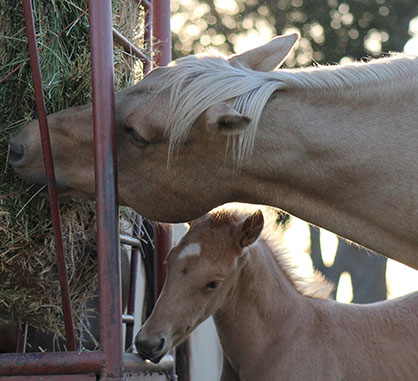
Does the hay look good, fresh and green? Or is it brown inside (the outside of the bale may be yellow or brownish due to sun bleaching), or do you see tell-tale white puffs when you open a bale? Stick your nose in it (not if you see the puffs of mold of course!). How does it smell? Like a dirty, wet basement? That’s mold. Fresh hay smells, fresh…like grass. Feel it. Is it stalky, are there prickers, dust, or other extraneous material? If it feels rough in your hands, how will it feel in your horse’s mouth? Good hay has a fine texture, feeling soft in your hands. In addition, it has a high leaf to stem ratio, as the majority of the digestible nutrients are found in the leaves.
Continue reading …Equine West Nile Virus Threat Remains
July 18, 2017 Comments Off on Equine West Nile Virus Threat Remains
When considering the 377 equine West Nile cases recorded across the United States in 2016,1 Dr. Hankins cautions, “The numbers are likely much greater. Some states only report West Nile virus cases if the disease is presented in neurological form.”
Continue reading …Antibiotic Resistance and “Superbugs:” Greatest Threat For Human and Animals
July 14, 2017 Comments Off on Antibiotic Resistance and “Superbugs:” Greatest Threat For Human and Animals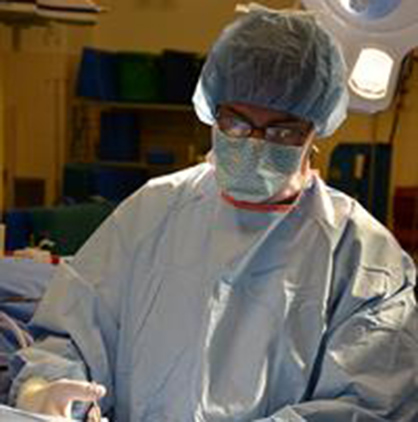
“The AVA has also embarked on a three-year project in partnership with Animal Medicines Australia to develop best-practice antibiotic prescribing guidelines for horses and the main livestock species.”
Continue reading …The Achilles Heel- Fixing Fetlock Injuries in Horses
July 12, 2017 Comments Off on The Achilles Heel- Fixing Fetlock Injuries in Horses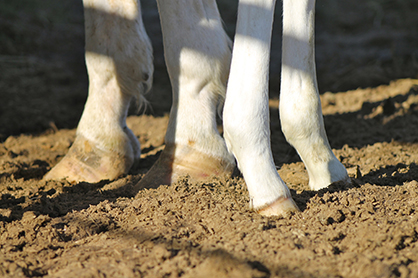
“The signs of repetitive stress injury are quite broad. Although many horses appear obviously lame in one limb, this is a disorder that commonly afflicts two, three, or four fetlocks. As a result, trainers or jockeys often describe the horse as simply ‘moving poorly,’ and general observations give the impression that the horse just looks uncomfortable and stiff, not necessarily lame,” Professor Richardson said.
Continue reading …Strange Behavior: Sleep Attacks in Horses
July 10, 2017 Comments Off on Strange Behavior: Sleep Attacks in Horses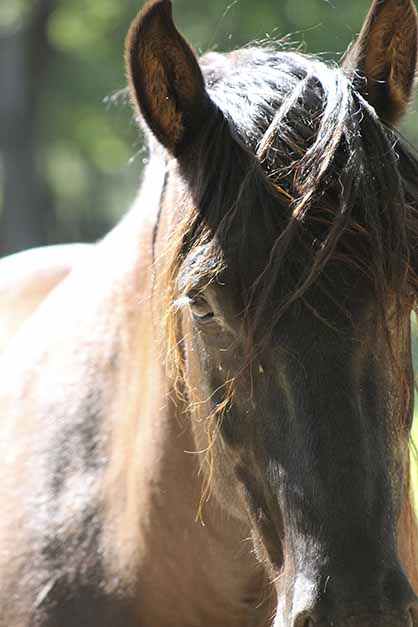
“Signs of a sleep attack include drowsiness with hanging of the head, and buckling at the knees, to sudden and total collapse where some horses will fall and injure themselves, but usually get up quietly within seconds to a minute or so.”
Continue reading …Precise Imaging Solves Quarter Horse’s Chronic Lameness Issue
July 7, 2017 Comments Off on Precise Imaging Solves Quarter Horse’s Chronic Lameness Issue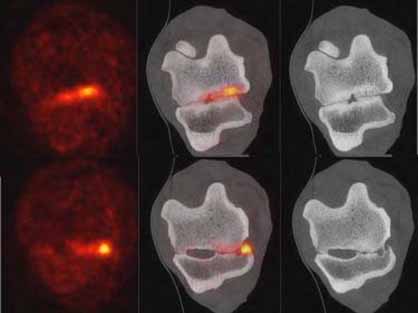
Bella, a 16-year-old American Quarter Horse mare, has historically suffered from chronic hind limb issues. She was previously diagnosed with bilateral osteoarthritis of the lower tarsal joints (hock), but intra-articular medication had failed to significantly improve her lameness on the right hind.
Continue reading …Protect the Stomach Before and During Changing Training Barns, Switching Ownership, or Learning New Disciplines
June 29, 2017 Comments Off on Protect the Stomach Before and During Changing Training Barns, Switching Ownership, or Learning New Disciplines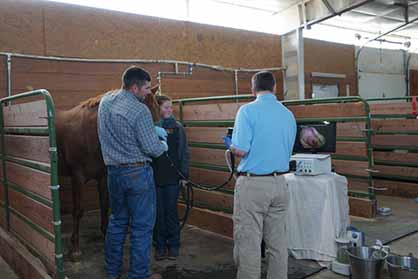
Most competitive horses experience quite a few big changes in their lives. They will change barns, find new owners, work with different trainers and learn new skills or disciplines. Upsets in their routine can cause stress, which contributes to performance-robbing equine stomach ulcers.1
Continue reading …After a 2-Year Absence, SURPASS is Now Available to Horse Owners
June 26, 2017 Comments Off on After a 2-Year Absence, SURPASS is Now Available to Horse Owners
SURPASS is the only FDA-approved topical non-steroidal, anti-inflammatory cream indicated for the control of pain and inflammation associated with osteoarthritis (OA) (hock, knee, fetlock and pastern) in horses. SURPASS is a targeted therapy that delivers relief when and where your horse needs it
Continue reading …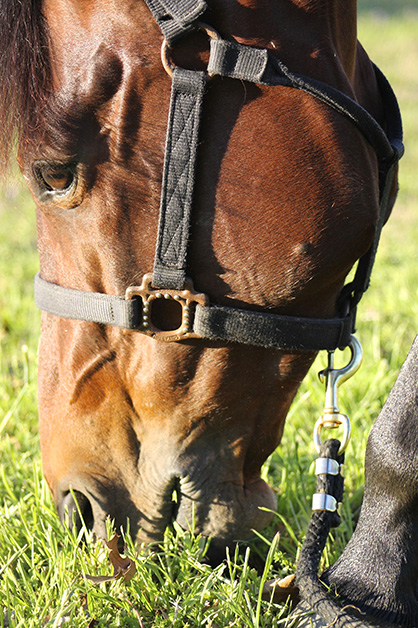
The intent of the article is to warn of the danger of pasture in the springtime. The emphasis is on fructan; suggested to be the causal agent in pasture-associated laminitis. There is a comment that fructans “appear to cause increases in blood insulin” and a concern that pasture fructans may “…cause a response that is similar to what happens when starch reaches the hindgut; they trigger acid production, a drop in pH, and a chain-reaction that might result in laminitis.”
Continue reading …10 Tips to Keep Horses Healthy in Summer Heat
June 15, 2017 Comments Off on 10 Tips to Keep Horses Healthy in Summer Heat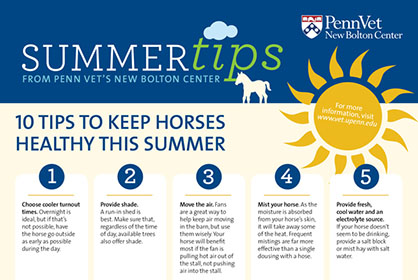
#3- Move the air- Fans are a great way to keep air moving in the barn, but your horse will benefit most if the fan is pulling hot air out of the stall, not pushing hot air into the stall.
Continue reading …


